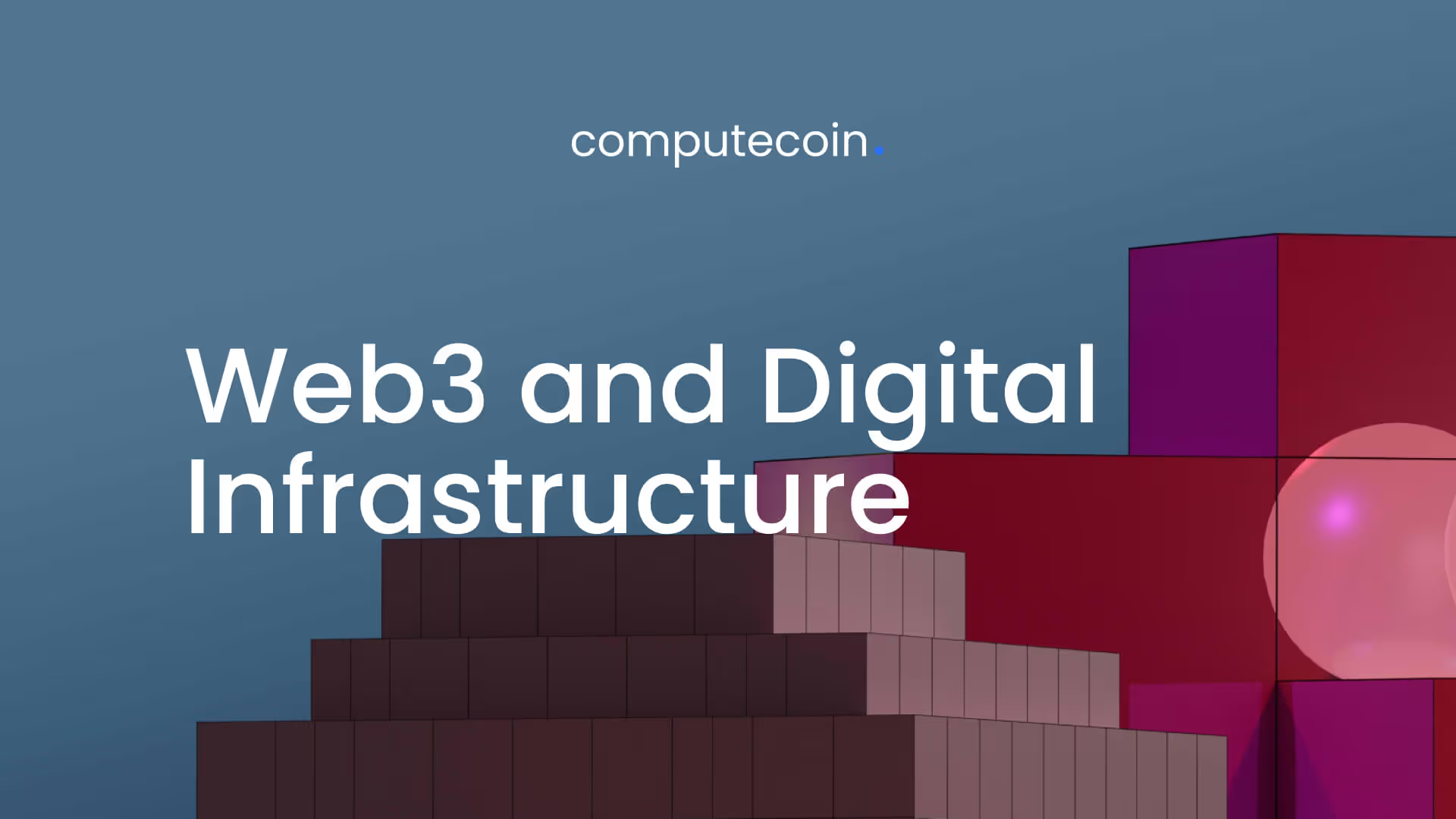What is Web3?
Web3, a term coined in 2014 by Ethereum co-founder Gavin Wood, refers to the latest era of computing, one in which users and creators are free to participate in the internet as equal partners. Web3 users are stakeholders in a decentralized system, not merely guests of Facebook, Google and other corporates whose platforms defined the previous generations of the web. As one Twitter user brilliantly stated, Web3 can be differentiated from earlier iterations of the internet on the basis of the freedoms it affords its stakeholders (users and creators). The inaugural generation of the internet, Web 1.0, allowed users to “surf the web,” browsing directories like Yahoo and reading text content on webpages--”read” was the basic functionality of the web during this era. Web 2.0 expanded on the rather limiting read-only setup of Web 1.0 by adding a novel function: “write.” Users could create, post and interact with content on centralized platforms like YouTube and TikTok. But in this era of the internet (which continues today), users and creators could never actually own their data. Thus, ownership represents the point of departure for Web3. That sounds great, you may be thinking, but how does it work? What kind of infrastructure will Web3 require to fulfill this lofty objective?
What infrastructural requirements do Web3 projects have?
Web3’s revolutionary principles transcend ownership; the people at work today to realize the new era of computing also envision an internet that boasts a high degree of mobility, AI integration, and interactivity. Indeed, bringing Web3 to fruition will require openness and transparency, security and decentralization on a magnitude never before seen in the history of the internet. To meet these abstract requirements, though, Web3 will need a vast amount of computing and storage power - more servers - ideally of a distributed nature. Rather unlike Facebook, Twitter and other Web2 giants facilitated by servers stored in private, centralized data centers, Web3 applications will likely be powered by an arsenal of servers that belong to no one person or organization alone. Furthermore, Web3 applications will rely on blockchains (more on that later), tamper-proof, permanent ledgers that record all transactions; this will put an end to legacy organizations’ long-standing practice of maintaining redundancies in their physical and digital infrastructure. With each transaction they record, blockchains expand, eventually culminating in a massive virtual information repository which will require faster disk speed and ample storage capacity beyond what most conventional servers are capable of delivering.
What infrastructure is currently available to Web3 projects?
As mentioned above, blockchains and decentralized networks of computing and storage power are vital to the operation of Web3. Technologies built onto the blockchain, like cryptocurrencies and NFTs, demonstrate the decentralized, participatory and ownership-based vision of this next stage in the internet’s evolution. Rather than go through conventional, centralized payment channels, purchases and sales made on the blockchain are recorded immutably on a publicly viewable ledger - which also allows digital asset creators (or providers) and owners (or users) to certify the authenticity of those assets and verify their ownership. Blockchains also allow for radical interoperability and mobility; assets stored in a user’s digital wallet can cross platforms’ “borders,” meaning people can easily move themselves, their data and their assets from place to place without ever surrendering their privacy, ownership or autonomy.
The future outlook
While websites and dApps in Web3 will still rely on regular web servers for hosting, they’ll be integrated into an underlying blockchain or decentralized P2P (peer-to-peer) networks made up of individual nodes, or connection points, distributed around the world. Some infrastructure providers will combine both technologies, forming what’s known as a crypto protocol--a decentralized network built on top of an immutable ledger of all transactions that occur in the ecosystem.
As Web3 continues to grow, these networks will necessarily expand, too, as nodes around the globe deliver the resources required to power immersive, sophisticated DApps with low latency and fast connection speeds. Today, however, centralized providers like Amazon and Google continue to dominate the space, offering developers access to huge amounts of computing and storage resources generated by their sprawling, privately owned data centers. The legacy model of cloud services, however, gives corporate providers free reign over clients’ data and, by virtue of their centralization, renders corporate clouds susceptible to outages, attacks and other incidents that interrupt connections to apps deployed in those clouds. To put it bluntly, centralized cloud is antithetical to Web3 - which is founded on the ideals of decentralization and individual ownership. Decentralized cloud services, meanwhile, are beginning to take shape in the technological and ideological gulf that separates Web3 DApps and legacy providers.







